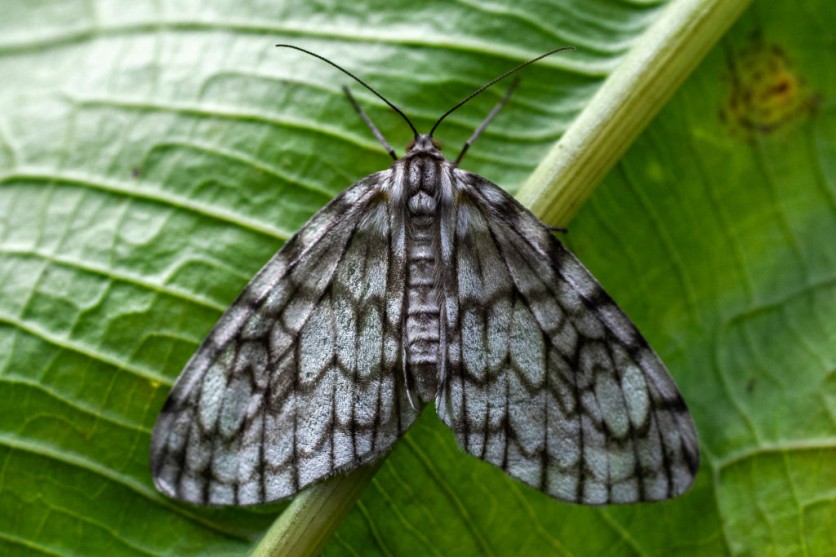Did you know that moth wings have excellent sound-absorption qualities? And it seems like they will now be used to further improve today's soundproofing technology.

The University of Bristol has discovered the scales on moth wings are great sound absorbers, even when they're placed on an artificial surface. Since the recent discovery, researchers have been studying whether their structure could be better at sound-absorbing panels when not moving in free space.
Currently, they are looking for answers on how well the moth scales would perform if they were placed in front of an acoustically highly reflective surface, like a wall. They are also finding out how the absorption mechanisms might change when they interact with the surface.
To find the answers to this, the team at the University of Bristol placed small sections of moth wings on an aluminum disk. From there, they tested the orientation of the wing with respect to the incoming sound and how the removal of scale layers affected absorption.
They found that the wings are great sound absorbers even when they're on top of an acoustical solid substrate. The researchers found that the wings can absorb as much as 87 percent of the incoming sound energy.
What is even more impressive is that despite the wings being thin, they can still perform like this.
Also Read: The Extreme Darkness Of Moth Eyes May Help Scientists Improve Solar Panels
The Plan for Moth Wings in Soundproofing Technology
Moth hairs are scales that look similar to the fibers used in soundproofing technology. Hence, with the research, there is a possibility to use the texture of moth wings to build ultra-thin sound-absorbing panels that can be mounted on the exterior of buildings.
They can also be used in transportation, like in cars and aircraft cabins. The moth wings can reduce weight, which will lead to better fuel consumption and fewer carbon emissions.
The University of Bristol scientists will create prototype materials based on the texture of the moth wings. They have characterized the moth wing scales in the ultrasound frequency range and above that which humans can hear.
Next, they plan to design a structure that will work at lower frequencies while retaining the same architecture by the moth.
There is a move towards the development of better soundproofing technology today. For one, the electrical engineers from the Massachusetts Institute of Technology (MIT) are developing a paper-thin loudspeaker to generate high-quality sound, regardless of the surface, it is bonded to.
The loudspeaker will only weigh 2 grams and is 120 micrometers thick. It can produce sound with minimal distortion, which only used a fraction of the energy necessary by a traditional loudspeaker.
Related Article: How To Reduce Noise Pollution At Home
This article is owned by TechTimes
Written by April Fowell
ⓒ 2025 TECHTIMES.com All rights reserved. Do not reproduce without permission.




